Nature Reserves are protected natural sites of national and international significance. They are created in the aim of protecting the habitats and species present on a site that is representative of the area’s natural wealth. In France, there are currently 310 Nature Reserves covering 28,680 square kilometres. Each Nature Reserve establishes a system for the responsible management of human activity and pursues this ongoing objective via three inseparable tasks.
A Reserve is protected by preserving not only its natural environments and plant and animal life, but also its geological heritage.
To protect its assets, a Reserve must first become familiar with them, and list them.
This is why so many studies are carried out and so many readings taken in the Reserve on a daily basis. To date, 401 plant species, 201 lichens and over 200 animal species have been recorded. Some of these species are faced with major environmental challenges and are now monitored particularly closely.
This extremely beautiful geological site bears witness to more than 280 million years of history and a mineralogical diversity of more than sixty types, some of which are unique in the world.
In order to preserve the natural environment, the people who live on the Reserve or who come to visit must respect certain rules. Man’s impact is mitigated with the help of various actors: for example, regulations are enforced by the forces of law and order, human rubbish is regularly removed by volunteers, certification is available for mountain guides and the presence of wildlife is taken into account by the road authorities.
People who are made aware of the issues can be allowed to explore this outstanding site while at the same time playing a role in protecting its assets.
Educating the public is therefore one of the Nature Reserve’s key objectives. Activities on the site are guided by people who have the right combination of skills; they are patient, good listeners and have a capacity to adapt to their audience. Their goal is to take visitors beyond a state of contemplative awe by helping them to understand the complexities of the nature around them.
Even in this protected Nature Reserve, certain activities are allowed. However, there are rules and regulations to ensure visitors behave responsibly in this exceptional but fragile environment.
These rules and regulations were laid down on 29 October 2012 by Decision no. 12-1286 of the Provence-Alpes-Côte d’Azur regional council.
May we remind you that throughout the Nature Reserve it is forbidden at all times to:
– pick plants
– pick up rocks, minerals or any other geological piece
– disturb the animals
– camp between 09:00 and 19:00 or within an hour’s walk from the road
– leave rubbish or waste (applicable everywhere!)
– bring dogs unless they are kept on a lead
– use motor vehicles (4×4, quads, motorbikes, etc.)
– fly over the Nature Reserve at an altitude of less than 300 metres (applies to all aircraft and drones).
You are on a protected natural site. Non-compliance with regulations may result in a fine of between 35 and 135 euros.
No sporting, cultural or touristic events, leisure activities or any other events are allowed in the Nature Reserve without prior authorisation of the PACA Regional Council Chairman following advice from the Nature Reserve’s management. Applications should be made to the Nature Reserve at least 2 months prior to the date of the event.

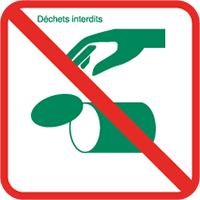
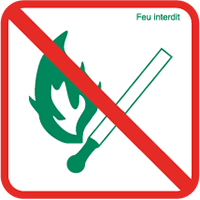
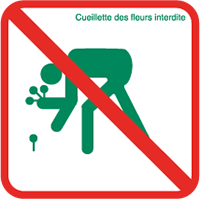
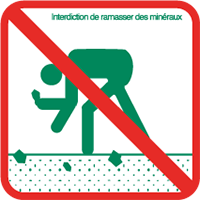

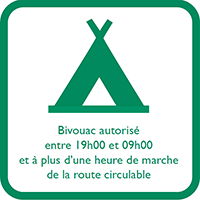

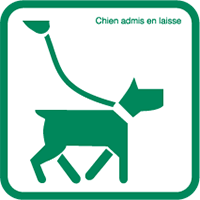

Any suggestions to help make this unique site durable will be welcomed by the team!
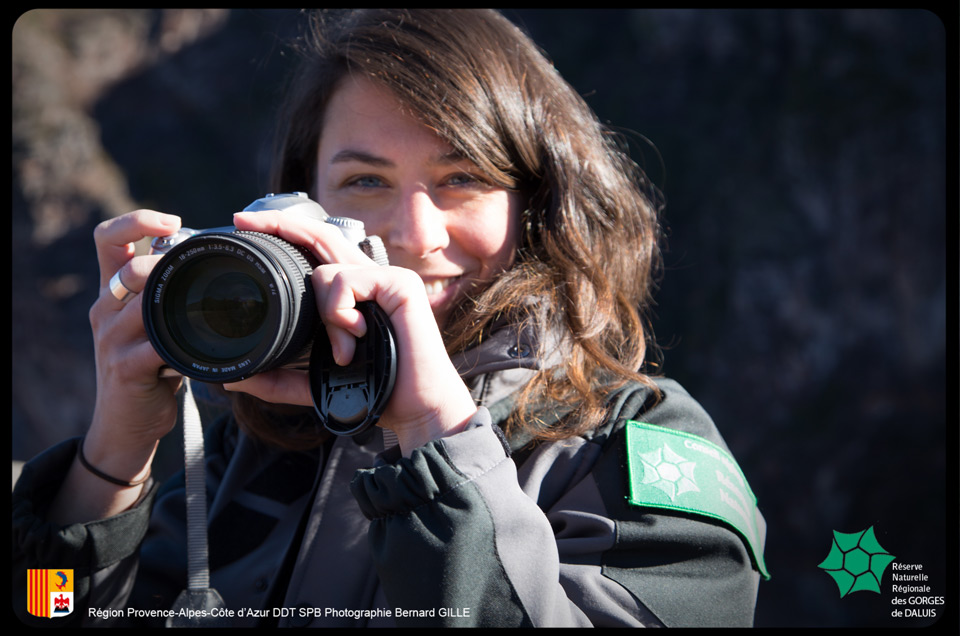
A Gorges de Daluis Regional Nature Reserve Officer and an employee of the CCAA, she is in charge of management, administration and, more specifically, coordination with local stakeholders.
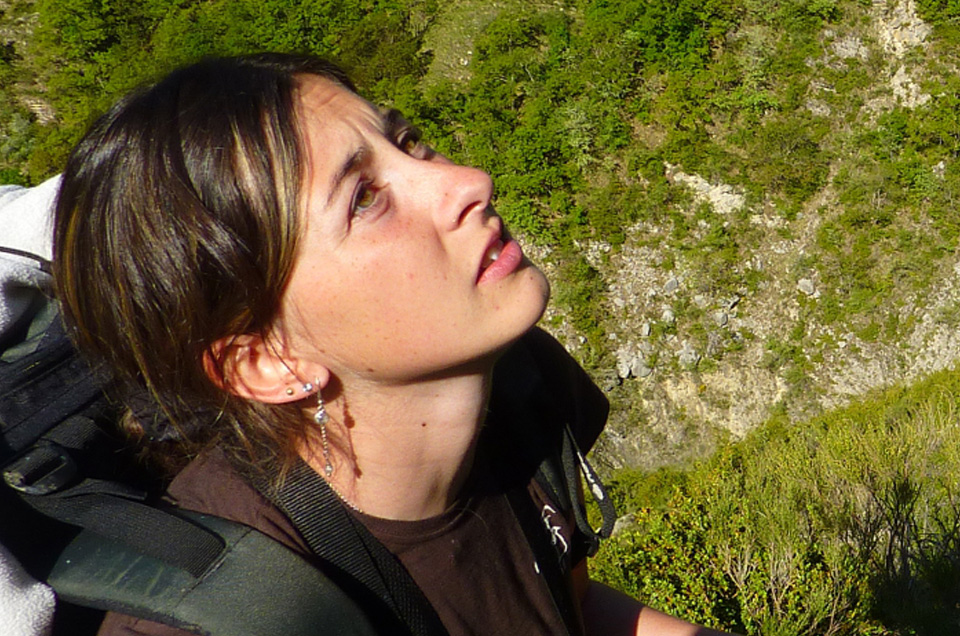
A Gorges de Daluis Regional Nature Reserve Officer and an employee of the LPO-PACA, she is in charge of scientific studies and environmental education.
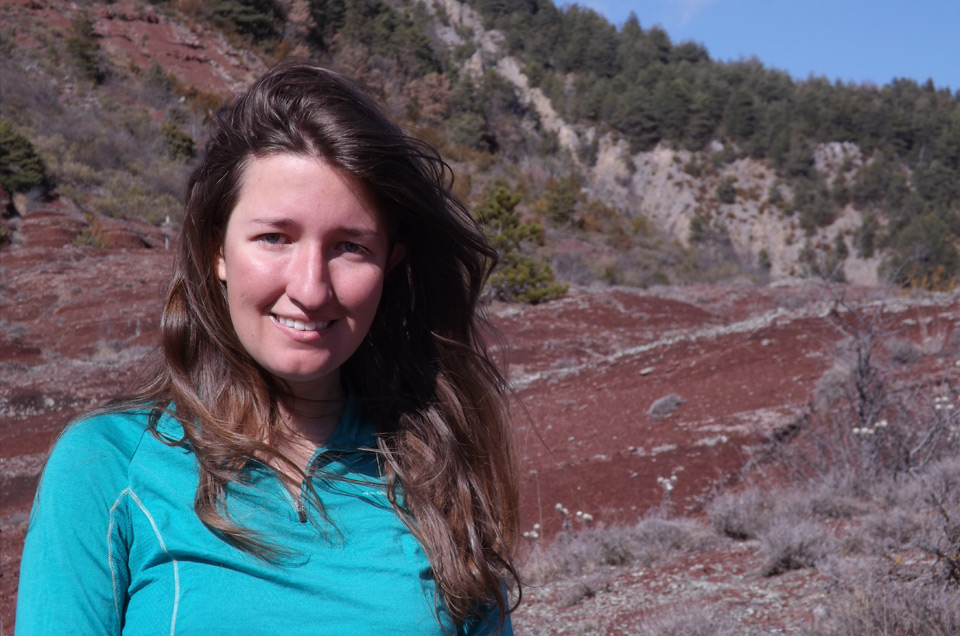
A Project Manager on the Natura 2000 site of Entraunes, Castellet-lès-Sausses and Gorges de Daluis, she is in charge of agro-environmental matters, educational activities and, more specifically, chiroptera monitoring.
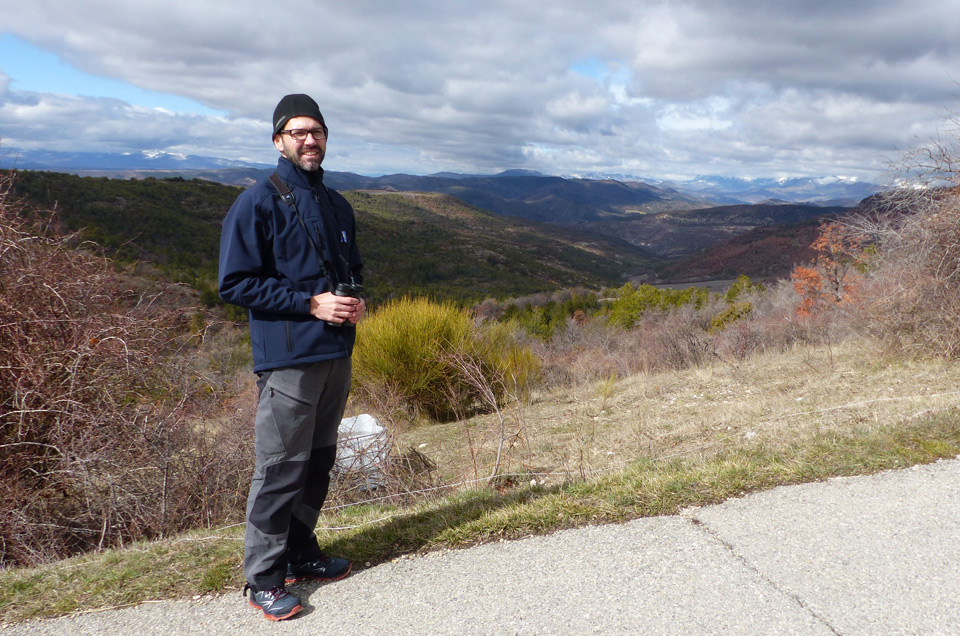
A naturalist activity leader who is also in charge of promoting birdwatching tourism in the Alpes d’Azur tourist development area, he raises awareness of the site’s rich heritage among the general public and local stakeholders.
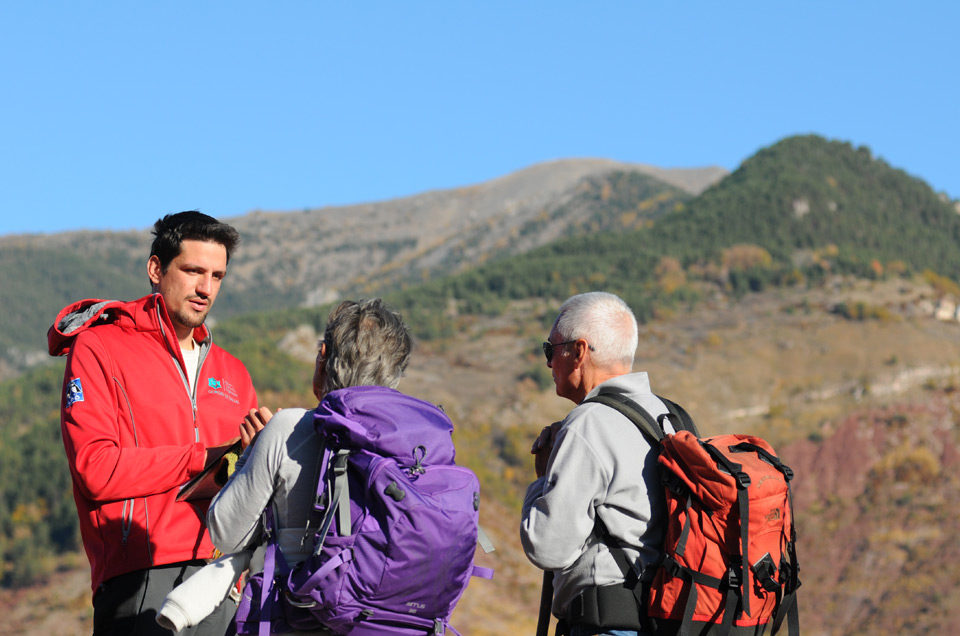
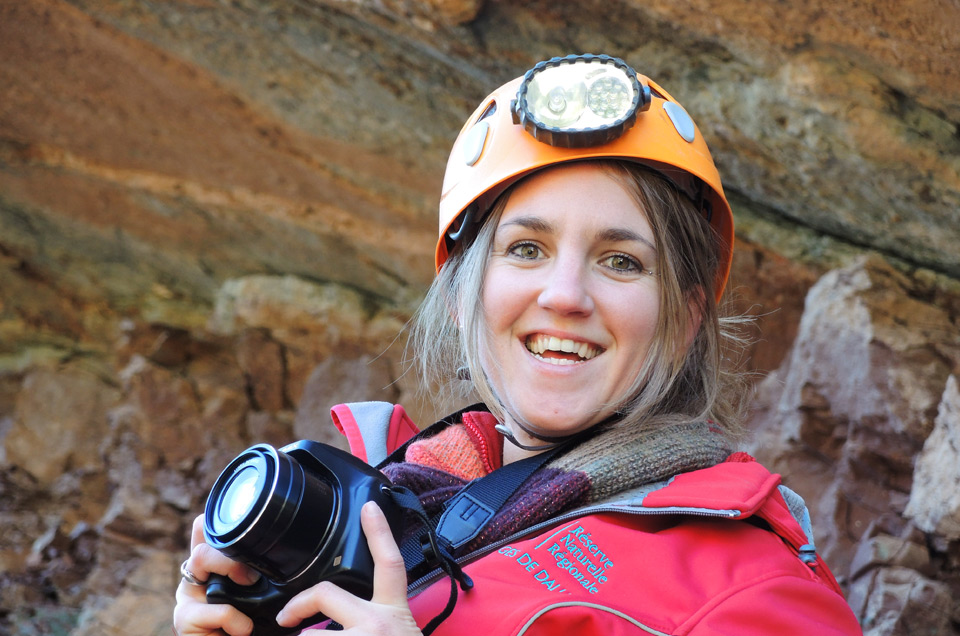
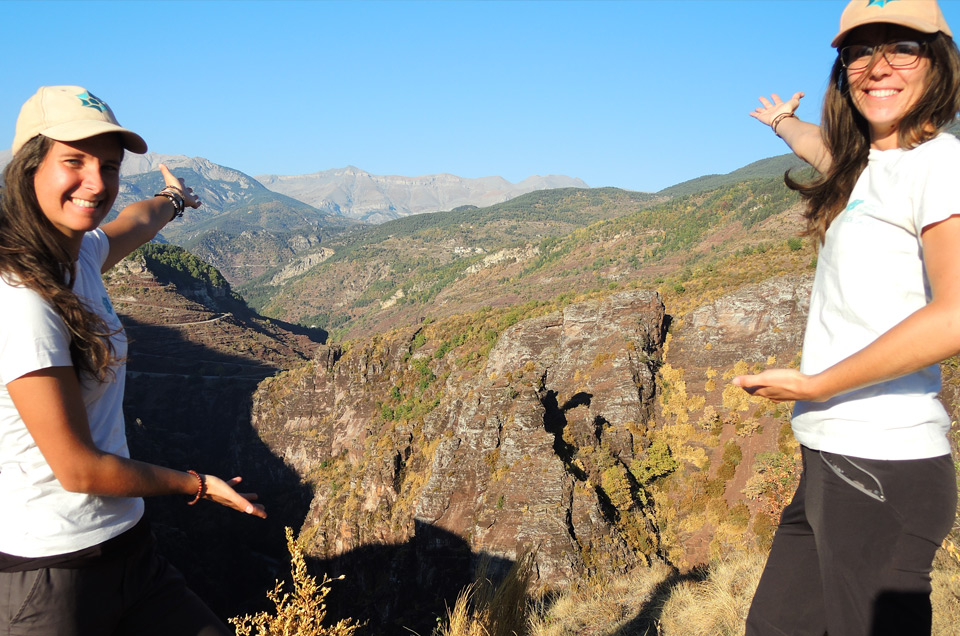
Sophie, Guillaume, Thibault, Nicolas, Pauline, Clémentine, Alison… these young citizen service volunteers work in the Reserve and play the role of ambassadors on a daily basis.
Conseillère régionale et Présidente du comité consultatif
Président de la Communauté de Communes Alpes d’Azur
Conseiller régional et Maire de Guillaumes
Président de la LPO-PACA
Maire de Daluis
Géologue spécialisé du territoire, il est originaire de la Roudoule et est passionné par les gorges de Daluis.
Entomologiste passionné, membre de l’ANNAM, il connaît chaque insecte du site mieux que personne.
Guide naturaliste, rédactrice en chef de la Garance voyageuse, elle connaît bien la flore du site.
Malacologue renommé, il a inventorié les escargots endémiques de la Réserve depuis plusieurs années et a notamment participé à l’Inventaire Biologique généralisé du Mercantour en 2000.
Paléontologue du Muséum national d’histoire naturelle, il s’intéresse particulièrement aux fossiles présents dans les pélites du dôme du Barrot.
Chef de secteur Haut Var Cians au Parc National du Mercantour. Ils sont des acteurs importants de la gestion du site qui se trouve pour les 2/3 en zone d’adhésion.
Président d’honneur de la Réserve, minéralogiste de renom, Président de l’ANNAM (Association des Naturalistes de Nice et des Alpes Maritimes), il est l’auteur et l’acteur de nombreuses publications sur les mines et minéraux des Alpes Maritimes. Il a consacré sa vie à explorer les anciennes mines des gorges, où il a découvert 9 nouvelles espèces minérales mondiales.
Géologue et enseignant, il se consacre à la vulgarisation et à l’édition de supports d’enseignements en Sciences de la Terre. Il collabore avec la commission géologique des Réserves Naturelles de France.
Géologue, spécialiste des missions de terrains, il enseigne et partage ses connaissances géologiques à tout public passionné.
Ils sont photographes passionnés du site.